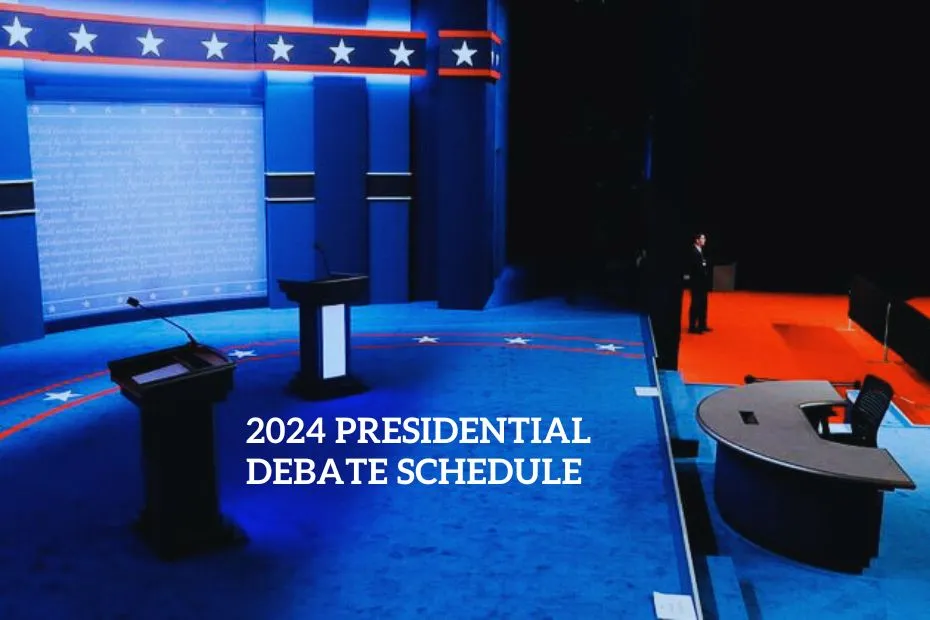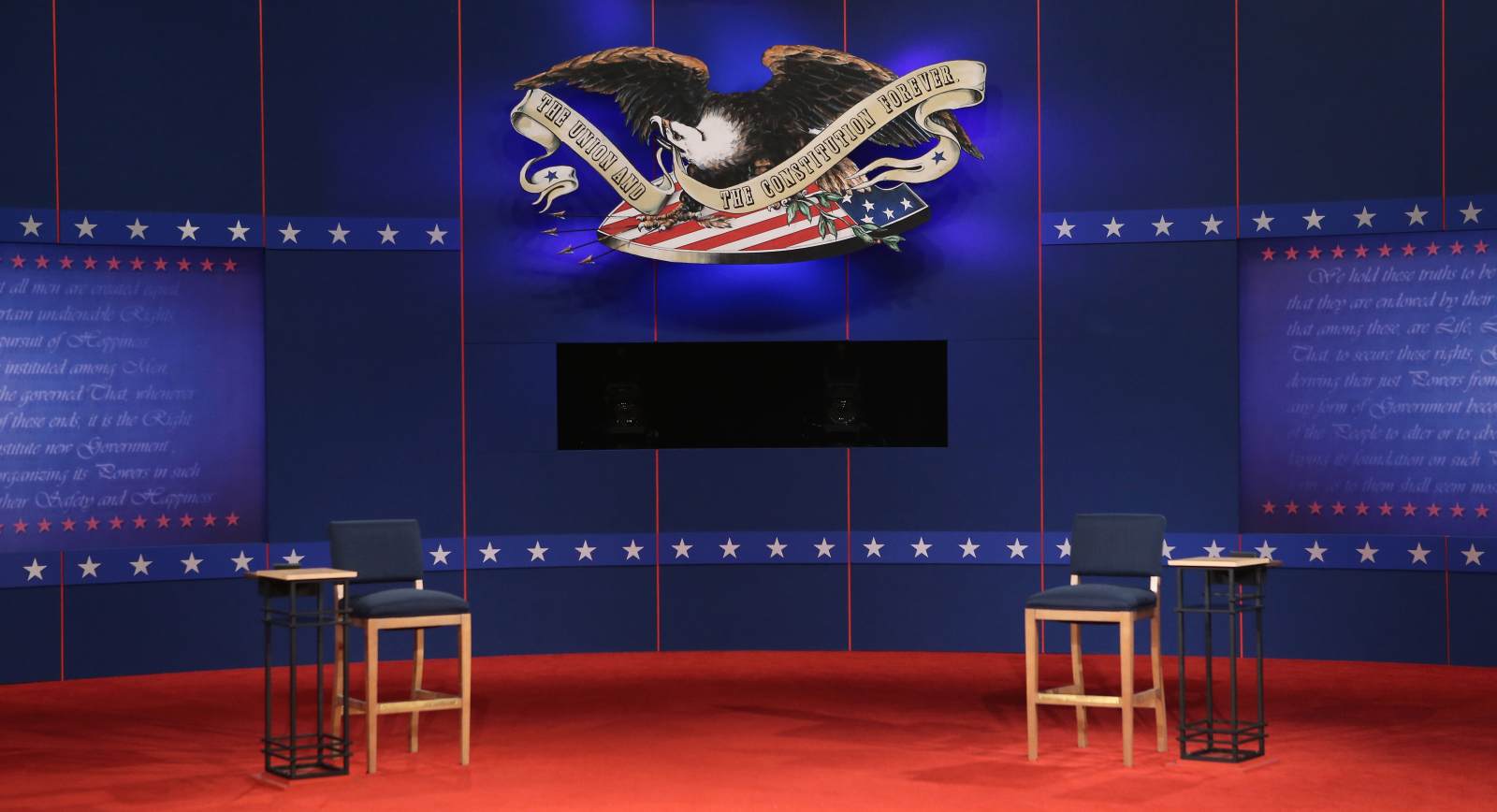Debate Format and Structure

Presidential debates are a crucial part of the American electoral process, offering voters a direct comparison of the candidates’ policies, personalities, and abilities. These events provide a platform for the candidates to address key issues, engage in reasoned discourse, and ultimately persuade the electorate.
Debate Structure and Format
Presidential debates typically follow a structured format, with several rounds of questions and responses. The number of debates varies from election cycle to election cycle, but typically ranges from two to three. The Commission on Presidential Debates, a non-partisan organization, determines the number, dates, locations, and formats of the debates. Each debate usually focuses on specific themes or topics, allowing candidates to delve deeper into their positions on various issues. The time allotted for each debate varies, but generally lasts for about 90 minutes.
Moderators, Candidates, and Audience Roles
- Moderators: The role of the moderators is to guide the debate, ensure fairness, and provide a neutral platform for the candidates. They typically pose questions, manage the time, and enforce the rules of the debate. Moderators are often experienced journalists or political commentators, selected for their neutrality and ability to facilitate a balanced discussion.
- Candidates: The candidates are the primary participants in the debate. They are expected to present their positions on the issues, respond to questions, and engage in constructive dialogue with their opponent. The candidates’ performance during the debate can significantly impact their standing in the polls and influence public opinion.
- Audience: The audience plays a vital role in the debate process. They provide a backdrop for the candidates’ interaction and represent the electorate that the candidates are trying to persuade. The audience can be comprised of invited guests, members of the public, and journalists. While the audience is typically silent during the debate, their reactions and responses can be observed and analyzed to gauge public sentiment.
Debate Format Evolution
Over the years, the format of presidential debates has evolved to reflect changing media landscapes and audience preferences. Some notable changes include:
- Town Hall Format: This format, introduced in 1992, allows for questions from the audience. It provides a more interactive and informal setting, allowing candidates to directly address the concerns of voters.
- Social Media Integration: Recent debates have incorporated social media platforms, allowing viewers to submit questions and engage with the candidates online. This has expanded the reach of the debates and allowed for greater public participation.
- Increased Focus on Fact-Checking: With the rise of misinformation and fake news, fact-checking has become increasingly important in presidential debates. Fact-checking organizations and journalists often provide real-time analysis of the candidates’ statements, helping to ensure accuracy and transparency.
Impact of Debates on the Election: Presidential Debate Dates

Presidential debates are a cornerstone of the American electoral process, offering a unique platform for candidates to engage directly with voters and showcase their qualifications. These events hold immense potential to influence the outcome of elections, shaping voter perceptions and ultimately determining the direction of the nation.
Influence on Voter Perceptions
Presidential debates can significantly impact voter perceptions of candidates in several ways:
* Issue Understanding: Debates provide a structured platform for candidates to articulate their positions on critical issues, allowing voters to gain a deeper understanding of their stances and compare them across different candidates. This informed understanding can influence voters’ choices, particularly for undecided voters seeking clarity on policy positions.
* Candidate Character and Competence: Debates offer a platform to assess candidates’ communication skills, composure under pressure, and ability to handle challenging questions. These factors can influence voters’ perceptions of a candidate’s character, leadership qualities, and overall competence.
* Candidate Likability: Debates can also impact voters’ emotional responses to candidates. A candidate’s charisma, humor, and ability to connect with voters on a personal level can influence their likability and ultimately their electoral success.
Impact on the Political Narrative, Presidential debate dates
Debates play a crucial role in shaping the political narrative and influencing the media coverage of the campaign:
* Setting the Agenda: Debates often set the agenda for the campaign, highlighting key issues and framing the public conversation. This can influence the focus of media coverage and the priorities of voters.
* Defining the Race: Debates can redefine the dynamics of the race, highlighting specific strengths or weaknesses of candidates and influencing the public’s perception of the contest. This can impact how voters view the candidates and their relative chances of success.
* Creating Viral Moments: Debates often generate viral moments, such as memorable quotes, heated exchanges, or unexpected gaffes. These moments can have a significant impact on public opinion and the media narrative, potentially shaping the course of the election.
Influence on Media Coverage
Debates have a profound impact on media coverage of the campaign:
* Increased Media Attention: Debates generate a surge in media attention, providing a platform for extensive analysis and commentary. This heightened coverage can expose candidates to a broader audience and influence public opinion.
* Framing the Debate: The media plays a significant role in framing the debate, focusing on specific issues, highlighting key moments, and shaping public perceptions of the candidates’ performances. This framing can influence voter interpretations and the overall narrative surrounding the election.
* Post-Debate Analysis: The media’s post-debate analysis, including polls, expert commentary, and social media discussions, can significantly impact the public’s perception of the candidates and their chances of winning.
Presidential debate dates – The dates for the presidential debates are set, a stark reminder of the political landscape we navigate. Meanwhile, a different kind of battle unfolds in Nassau County, where the mask mandate has been lifted, a decision sparking heated discussions nassau county ban masks.
Whether in the realm of politics or public health, these are times that demand both vigilance and reflection, as we move forward toward the inevitable debates and choices ahead.
The presidential debate dates, once marked on calendars with hopeful anticipation, now echo with a different kind of unease. The world, as we knew it, has shifted, and the very air we breathe carries the weight of uncertainty. The question, “Who COVID-19?” who covid 19 has become a haunting whisper, a reminder of the fragility of our existence.
Will these debates, once platforms for grand pronouncements, now be shadowed by the invisible enemy, shaping the future we thought we knew?
